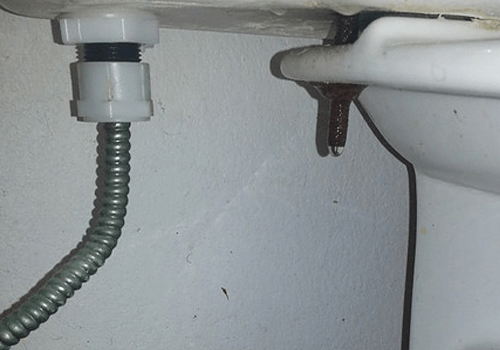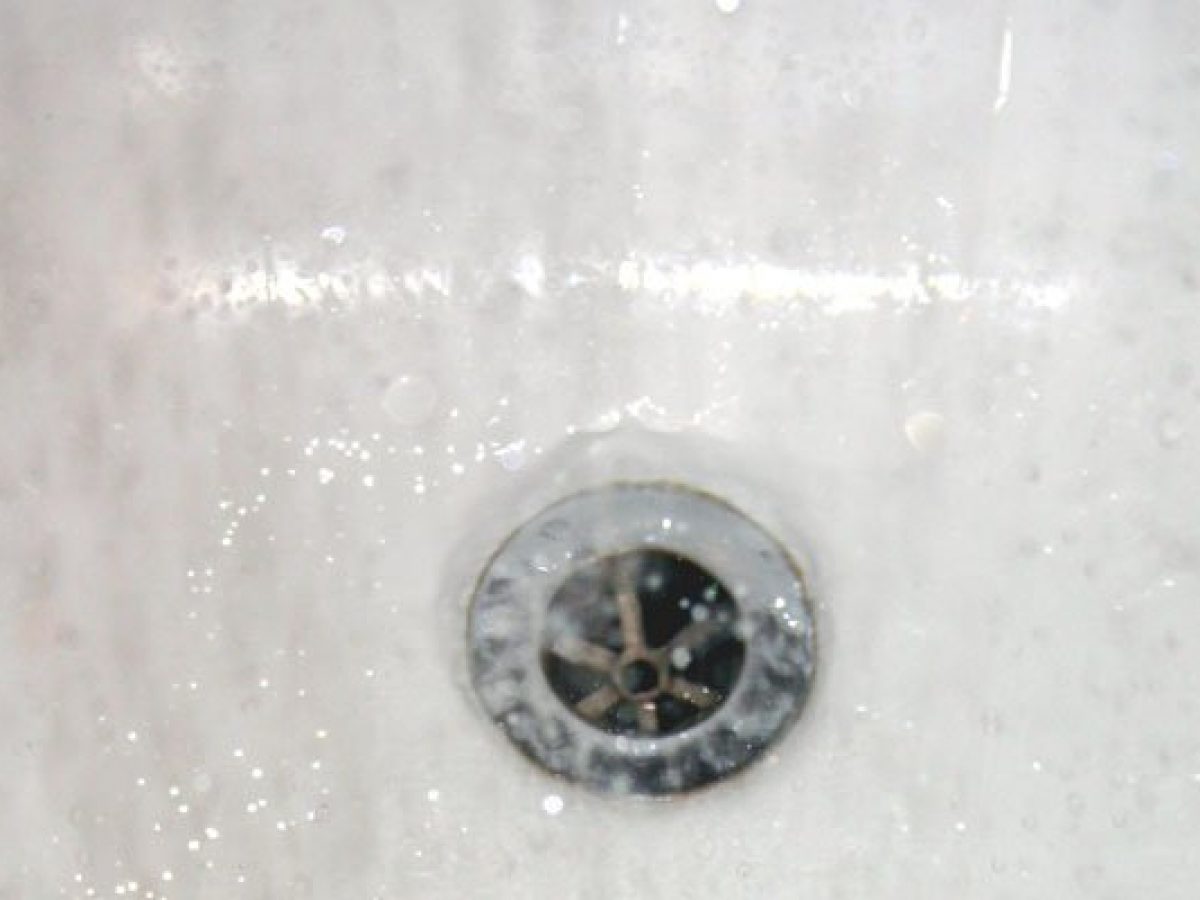Five Winter Hacks to Safeguard Your Pipes from Frigid Weather Bursts
Five Winter Hacks to Safeguard Your Pipes from Frigid Weather Bursts
Blog Article
What're your opinions about Prevent Freezing and Bursting Pipes?

All house owners who stay in pleasant climates have to do their finest to winterize their pipes. It is something you need to do during fall before deep winter genuinely begins. Failing to do so can spell catastrophe like frozen, split, or burst pipelines. If the weather outside is shocking, here are some convenient winterizing hacks to keep your plumbing system secured also.
Attempt a Hair Clothes Dryer or Warmth Gun
When your pipes are virtually freezing, your dependable hair dryer or heat weapon is a blessing. If the warm towels do not assist remove any type of clearing up ice in your pipelines, bowling warm air straight right into them may assist. You might finish up harmful your pipelines while attempting to melt the ice.
Open Cupboard Doors Hiding Plumbing
When it's chilly outside, it would be handy to open up closet doors that are masking your pipelines. Doing this tiny technique can keep your pipes cozy as well as limit the potentially unsafe end results of freezing temperature levels.
Take Some Time to Wrap Exposed Piping
One great and also simple hack to heat up freezing pipelines is to cover them with warm towels. You can cover them initially with towels. After safeguarding them in place, you can pour boiling water on the towels. Do it gradually to allow the towels soak up the fluid. You can also utilize pre-soaked towels in hot water, just don't fail to remember to wear safety handwear covers to safeguard your hands from the warmth.
Activate the Faucets
When the temperature level drops as well as it appears as if the freezing temperature level will last, it will certainly aid to transform on your water both inside and outdoors. This will maintain the water moving through your plumbing systems. You'll finish up squandering gallons of water this means.
Turn off Water When Pipelines are Frozen
If you see that your pipes are completely frozen or nearly nearing that phase, transform off the main water valve quickly. You will typically discover this in your cellar or laundry room near the heating system or the front wall surface closest to the street. Transform it off immediately to avoid more damages.
Do not neglect to shut exterior water resources, also, such as your connection for the garden residence. Doing this will certainly protect against added water from filling out your plumbing system. With even more water, even more ice will stack up, which will eventually lead to rupture pipes. It is best to call an expert plumber for an evaluation if you are uncertain about the state of your pipes this winter season. Taking this proactive approach can conserve you hundreds of dollars in repairs.
All property owners that live in warm climates must do their ideal to winterize their pipelines. Failure to do so can spell calamity like frozen, cracked, or ruptured pipes. If the hot towels do not aid remove any resolving ice in your pipes, bowling warm air directly right into them might help. Transform off the main water shutoff promptly if you discover that your pipelines are completely icy or nearly nearing that stage. With more water, even more ice will load up, which will ultimately lead to break pipelines.
PREVENT YOUR PIPES FROM FREEZING THIS WINTER
A Leading Cause of Property Damage
When the weather is taking a deep nose dive into the cold dreary days, the risk of your pipes freezing and potentially bursting skyrockets. Unfortunately, during these cold dreary months, burst pipes are the most common denominator for property damage. The pipes that are most at the risk are those that are in areas where it is most cold in your home. For instance, pipes located in interior places such as basements, attics, and your garage. Unfortunately, that doesn’t mean that the pipes running through your cabinets or exterior walls can’t freeze. Good news, however, is that you can do things to help prevent pipes from freezing.
How to Prevent Pipes From Freezing
Once the temperature starts to drop during the winter, you should be taking the proper measures needed to ensure that your pipes stay warm and that there is circulation of water through them. Some steps that experts may recommend could go against your better judgement when it comes to saving water and heat. However, it would go without saying that when expenses are compared, damaged pipes could put a bigger dent in your wallet than a water bill.
What Can I Do?
Keep your garage door closed. This is very important, especially if you have water supply lines running through your garage. Open your kitchen and bathroom cabinets to allow warm air to circulate through them. Allow air circulation throughout your home. Keeping the interior doors open will once again allow the warm air to circulate inside your home. Ensure your thermostat is running the same temperature throughout the night and day. If you plan to be away from home during the cold months, set your temperature no lower than 55° F. This should provide enough heat to keep the pipes warm and prevent any remaining water inside the pipes from freezing. For more of a long-term solution, add insulation to attics, basement, and other crawl spaces around your home. By allowing your faucet to drip, it will alleviate pressure in the system. This is important because the pressure that is created between the blockage and the faucet can potentially cause the pipes to burst. Allowing the faucet to drip will prevent the pressure from building up, therefore keeping the pipes from bursting. Seal any cracks, openings, and crawl spaces around your home to prevent cold air from coming inside. This keeps your pipes-not to mention your home-warmer and less susceptible to issues caused by freezing temperatures. For the pipes in your home that are easily accessible, applying electrical tape to them might prevent them from freezing over. This is a quick fix, as you can apply the tape directly to the pipe. There are two options for heating tapes. One turns on and off by itself when it senses heat is needed. The other type of heating tape needs to be applied when heat is needed and removed when not necessary. If you have exposed pipes in your home, you can check this website to take a look at a few options that would be available at a shop near you.

I hope you liked our excerpt about How to Prevent Frozen Pipes. Thanks for taking time to read our piece of content. Do you know another individual who is fascinated by How to Prevent Frozen Pipes? Do not hesitate to promote it. Thanks a lot for taking the time to read it.
Click Here Report this page